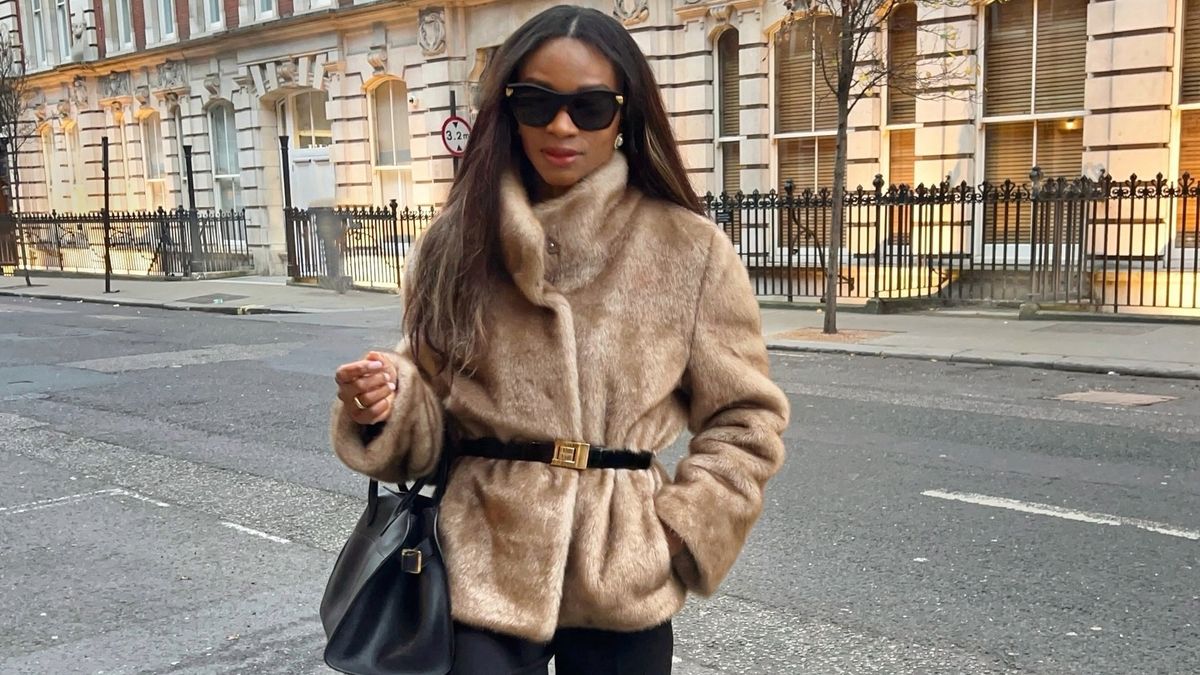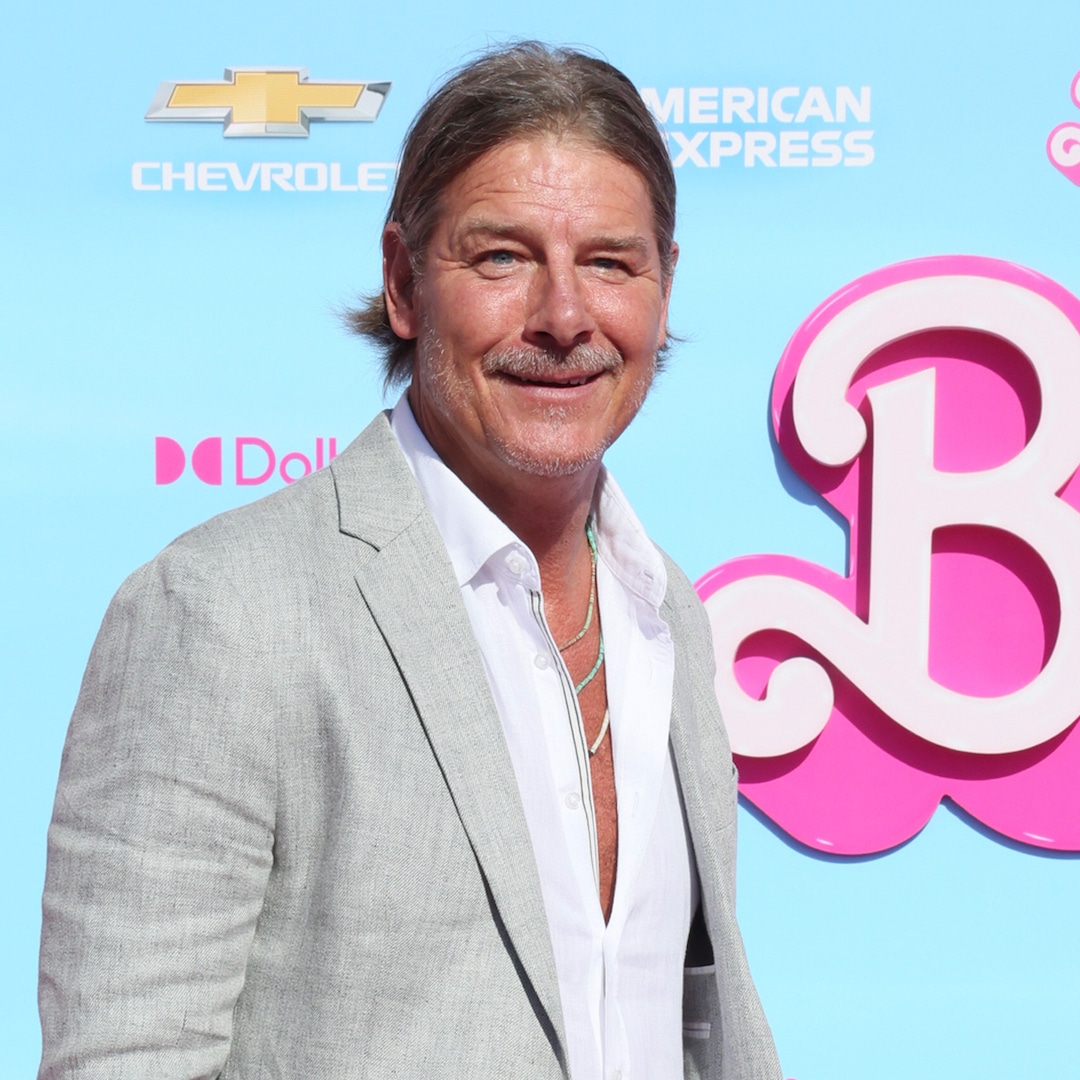“There’s some whores in this house!” blasts from the speakers. The stage lights brighten, and the queens strut out onstage. In Jem Garrard’s camp classic Slay, a Tubi original that dropped earlier this year, four drag queens – Mama Sue Flay (Trinity the Tuck), Robin Banks (Heidi N Closet), Bella Da Boys (Crystal Methyd), and Olive Wood (Cara Melle) – descend upon a sleazy redneck dive to deliver the performance of their lives.
Set to Cardi B and Megan Thee Stallion’s “WAP,” the salacious musical number bursts at the seams with the magic of queerness, drag performance, and community. As our dolled-up and dazzling quartet flits and flutters around the stage, the crowd looks on in both wonder and disgust. While country bumpkins like Travis (Daniel Janks) wrinkle their noses and scoff in between chugs of beer, bar regular Shiela (Robyn Scott) applauds the performance and even expresses her jealousy. Adoring fans Jax (Donia Kash) and Steven (Gabriel Harry Meltz) also show up to support the show – giving the performance great significance for the queer crowd.
Drag as a real art form wasn’t something I had growing up. I wasn’t introduced to it until college. Coming from a small town, I lived a pretty secluded life surrounded by cows, crows, and cornfields. The only queer media I was familiar with was Will & Grace. While the popular NBC show featured drag queens occasionally, I didn’t yet understand the importance of drag performance. When I moved for college, I traded out those cows, crows, and cornfields for theatre studies, a rail system that never worked, and a flourishing LGBTQ+ culture.
A whole new world opened up before me. I frequented the prominent gay fixture Vice Versa every weekend with my friends, and that’s where I witnessed my first drag show. I was in awe. Newly out as a gay man (I now identify as non-binary), I found myself entranced by the queens sashaying around the stage, wanting desperately to live my life just as fearlessly. The exaggerated makeup, the flowing costumes, and the big pop hits all conspired to make nights I’ll remember forever.
That’s the feeling I get every time I watch Slay.
A refreshing mix of terror and humor, the film cherishes queerness in a very real way. The four leads, whose chemistry oozes in each frame, embody living as your most authentic self. In spite of the outside world, you accept who you are and let the shackles of the past loosen and fall off your body. The world might hate you, but you wear self-love and the love of other queer people like armor that repels hate and permits you to live a life worth living.
It’s too cliché to say “it gets better,” when sweeping anti-trans and anti-gay legislation makes it hard to believe it actually will get better for us. It might not, truth be told – but we forge ahead anyway because we value ourselves and the community we’ve built since Stonewall. What Slay represents to me is knowing that hatred has nothing to do with me but speaks to another person’s fear of the unknown.
That fear presents itself in the film as a horde of vampires that seek only one thing: blood. In the opening, the bar’s vendor Rufus (Shane John Kruger) makes a pitstop on his way to The Bold Buck, a biker bar on the outskirts of town. While taking a leak out by his truck, a vampire pounces and takes a hearty chunk out of his neck. Rufus’ transformation leads to a rampage in true From Dusk Till Dawn fashion. Later that night, he saunters into the bar, walks up to an unsuspecting local, and sinks his razor-sharp fangs into their neck. Chaos ensues as the others scramble, with other locals tossing Rufus out into the dirt. But he’s just getting started.
The groups (the bikers vs the queers) blockade the entrances in hopes of warding off the growing mass of vampires outside. Tensions reach a fevered pitch, and before long, they must set aside their differences and work together to survive the night. Travis doesn’t necessarily accept Mama Sue Flay and her friends, but he does grow increasingly tolerant – baby steps! Throughout the film, he teams up with Mama Sue to fight vampires down in the basement, and their shared traumas bring them just a few inches closer. They learn from each other, and while it’s not full acceptance, they come to respect one another in a mutual understanding.
These character moments tangle together with another underlying subplot involving the bartender, Dusty (Neil Sandilands), a closeted gay man, who harbors his share of childhood trauma. Early in the vampire attacks, Dusty heads to the drag queens’ dressing room to hide out. He tip-toes over to the vanity, where he eyes an array of makeup on the tabletop. His eyes widen in interest. Mama Sue and Robin Banks dash into the room moments later and spot Dusty seated at the vanity wiping on some blush. Caught in the act, he shrugs it off, clearly ashamed of what he’s done. But Robin is quick to the rescue, telling Mama Sue that “he needs this.”
Mama Sue and Robin transform Dusty into a flaming-haired drag queen. Dusty’s face changes. Gone is the shame his father beat into him. Instead, he glows. His posture shifts, too. Packed into a red little number, he appears back in the barroom carrying a double-barrel shotgun. Just because he’s now embracing his femininity doesn’t mean he doesn’t know how to take care of business. In fact, he’s far stronger and more self-assured than he’s ever been.
Dusty’s transformation is a beautiful thing. The moment he claims himself, he casts the past aside and learns exactly what it means to love yourself. That’s the marvel in drag performance. It’s taking up the mantel of identity, clenching your fists, and charging ahead. Femininity, often perceived as a weakness in a patriarchal society, is not a bad thing. And embracing female energy is an act of bravery. It’s looking toxic masculinity straight in the eyes and spitting in its face.
While I’ve never performed in drag onstage, I have done drag for Halloween. And it was never just a costume for me. A few of the characters – Queen of Hearts, Miss Lucky, Sporty Spice – gave me access to femininity in a way I’d never felt before. It permitted me to finally love myself and see the value in honest living. While it’s been ages since I last dressed up, I have unlocked female power in other ways – like wearing eyeshadow, earrings, women’s clothing, etc. – and continued supporting drag whenever I can.
Slay arrives as such a special experience. Aside from its exploration of queerness, the film is a damn fun vampiric romp with crisp, stylish cinematography (shout-out to the director of photography Trevor Calverley). Real care has been taken in every aspect, from script to filming. The characters feel like real people, and the performances are honest, pulsating with immense heart.
If you were ever skeptical about Tubi Originals, I implore you to give Slay a shot. It just might surprise you, too.


























































![Mason Ramsey – Twang [Official Music Video] Mason Ramsey – Twang [Official Music Video]](https://i.ytimg.com/vi/xwe8F_AhLY0/maxresdefault.jpg)





















